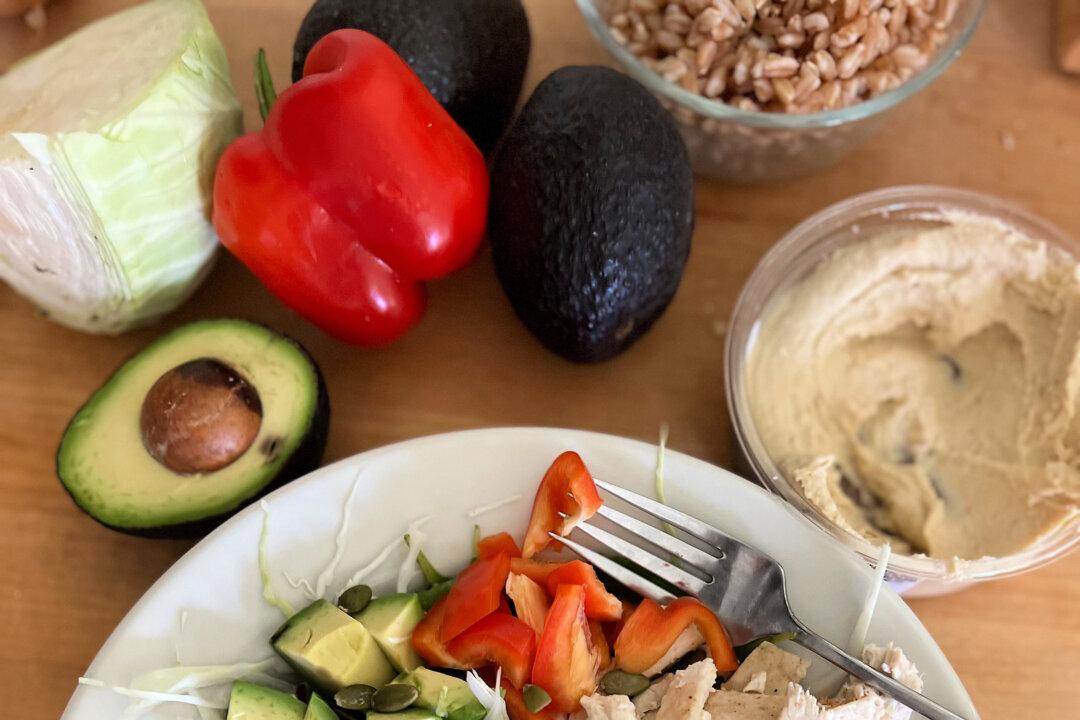By Gretchen McKay
From Pittsburgh Post-Gazette
Learning to navigate menopause can be challenging—and, let’s admit it, also pretty frustrating—for some women going through this natural change of life.

Learning to navigate menopause can be challenging—and, let’s admit it, also pretty frustrating—for some women going through this natural change of life.